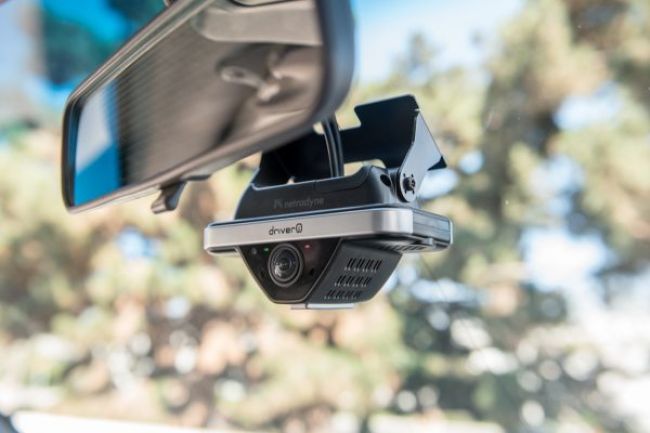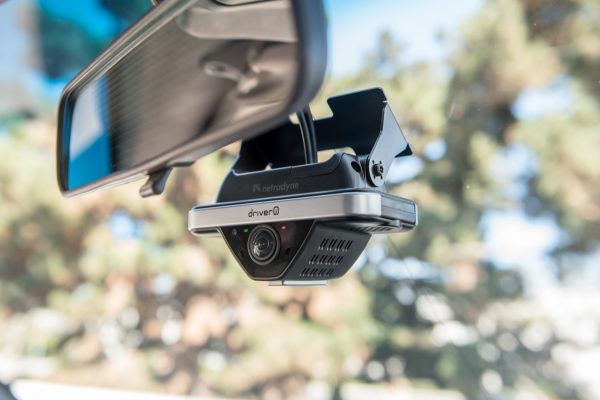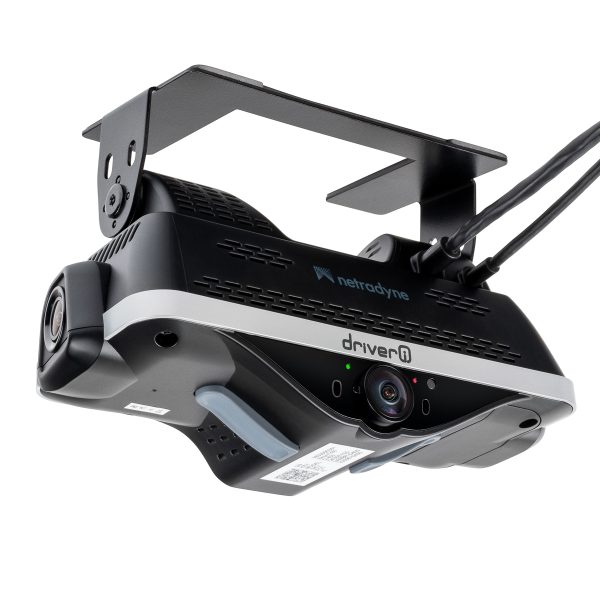
6 Factors to Consider When Spec’ing Onboard Cameras
The key is balancing system capabilities with drivers’ privacy concerns.
Onboard cameras can help utility fleets lower litigation risks and offer an extra set of eyes to coach drivers and improve safety.
But they can also be a hard sell to many operators – and their unions – who may feel that constant video surveillance infringes on their privacy rights, especially with cab-facing cameras.
How do you spec an onboard camera system that balances the need for greater safety and risk reduction while keeping privacy in mind?
UFP recently spoke with Austin Schmidt, director of performance marketing at Netradyne Inc. (www.netradyne.com), a San Diego-based Software-as-a-Service company that integrates camera systems, telematics and artificial intelligence to improve fleet safety. Schmidt provided the following six factors to consider when spec’ing onboard camera systems.
1. Privacy
It’s essential to address potential driver privacy concerns and establish clear policies on how the footage will be used. This will help protect the company’s and drivers’ rights and interests.
Schmidt said that two approaches to privacy have worked well for Netradyne customers.
The first is being completely transparent. “You can’t let that camera be a black box where operators don’t know what your fleet and safety managers are viewing,” Schmidt said. “It’s important to walk your drivers through what you see when looking at the video and for what purpose. It’s also important to have a driver app where operators can review their data and videos.”
The second approach is to give users more control. “We call it ‘Enhanced Privacy Mode,’” Schmidt said. “It analyzes any risk factors in the cab – things like distracted driving. It can be set up where it sends an audio alert to the driver without actually recording that video and sending it back to the fleet manager. It’s completely optional, but it allows users to take control of their privacy and make their own privacy decisions.”
2. View
What do you want the camera to see? Will it be front-facing only? Will cab-facing capabilities be acceptable to operators if appropriate privacy measures are agreed upon? Should you consider 360-degree visibility around the entire vehicle?
Some of the advantages of getting a 360-degree view:
- Damage reporting: Cameras can help document when and how damage occurred to a vehicle, ensuring it gets reported and repaired promptly.
- False claim defense: There are instances when drivers or pedestrians may make false claims against a company’s vehicle. Having footage can defend against such fraudulent claims.
- Collision avoidance: The camera system can alert drivers about nearby objects, pedestrians and other vehicles, reducing the likelihood of accidents.
The 360-degree view requires installing multiple cameras and integrating the footage from them. Schmidt said Netradyne has a system with 270-degree visibility, including seeing both sides of the vehicle with a single camera.

3. Recording
There are two primary recording options to consider:
- Trigger-based: This system initiates recording based on specific events or triggers. Common triggers include hard braking, rapid acceleration, sharp turns and impact. Some systems also allow custom triggers, like entering/exiting specific geofenced areas. Since it records only around the trigger event, you might miss some context leading up to or after the event.
- 100% drive-time: This system records continuously while the vehicle is in operation, capturing everything that happens from the moment the engine starts to when it’s turned off. It provides a complete record of the entire trip without any gaps. Because it captures everything, the amount of data generated can be significant, leading to larger storage needs.
“I can’t tell you how many people we’ve spoken with who did the right thing by implementing cameras. But when they really needed the trigger-based camera to turn on, it didn’t pick up the specific footage they needed, and that caused some problems for them,” Schmidt said.
4. Quality
“Lower-quality [versus high-definition] cameras might capture a license plate when your vehicle is sitting in a parking lot,” Schmidt said. “But they can’t do it very well when the vehicle moves 65 miles per hour.”
High-definition or HD recording offers higher resolution, which provides clearer details in the footage. This clarity can be crucial when identifying license plate numbers, faces or other specific details that may be significant in the event of an incident. If the footage is to be used as evidence in court or for insurance claims, HD video is more likely to be considered credible due to its clarity and the ability to discern details. Grainy or pixelated footage can be dismissed or may not offer the needed evidence.

5. Filtering
One challenge with 100% drive-time camera systems is filtering through the massive volume of footage they record to find the relevant clips you need.
This is where artificial intelligence capabilities become essential. Instead of manually sifting through hours of footage, AI can automatically tag and categorize events – like near-misses or hard brakes – making it easier for fleet managers to review incidents.
“That’s why it’s crucial to have accurate AI, so you’re able to make those differentiations and make those coaching and safety decisions without literally having to go through hundreds of hours of video,” Schmidt said.
6. Safety
“Ultimately, you want to spec a camera capable of helping change driver behavior,” Schmidt said. “And you change driver behavior by giving them the tools they need to understand how they’re doing, what they need to do better and how they’re tracking towards those goals, and give them that feedback as much as you can in real time.”
Image Courtesy of Netradyne
- Women in Utility Fleet: Lissa Brady
- In Many Ways, Fleet Management is Sales
- Truck-Mounted vs. Towed Impact Attenuators
- Safety Signs and the Importance of Training
- OEM vs. Aftermarket Parts: What’s Best for Your Operation?
- When Will Drunk-Driving Detection Be Mandated on Light Vehicles?
- Exhibits and Education Headline the 54th Annual ATSSA Expo
- 6 Factors to Consider When Spec’ing Onboard Cameras
- The Evolving Fleet Professional for an Electrified Future
- Matted Surfaces: Safety Considerations and Controls

